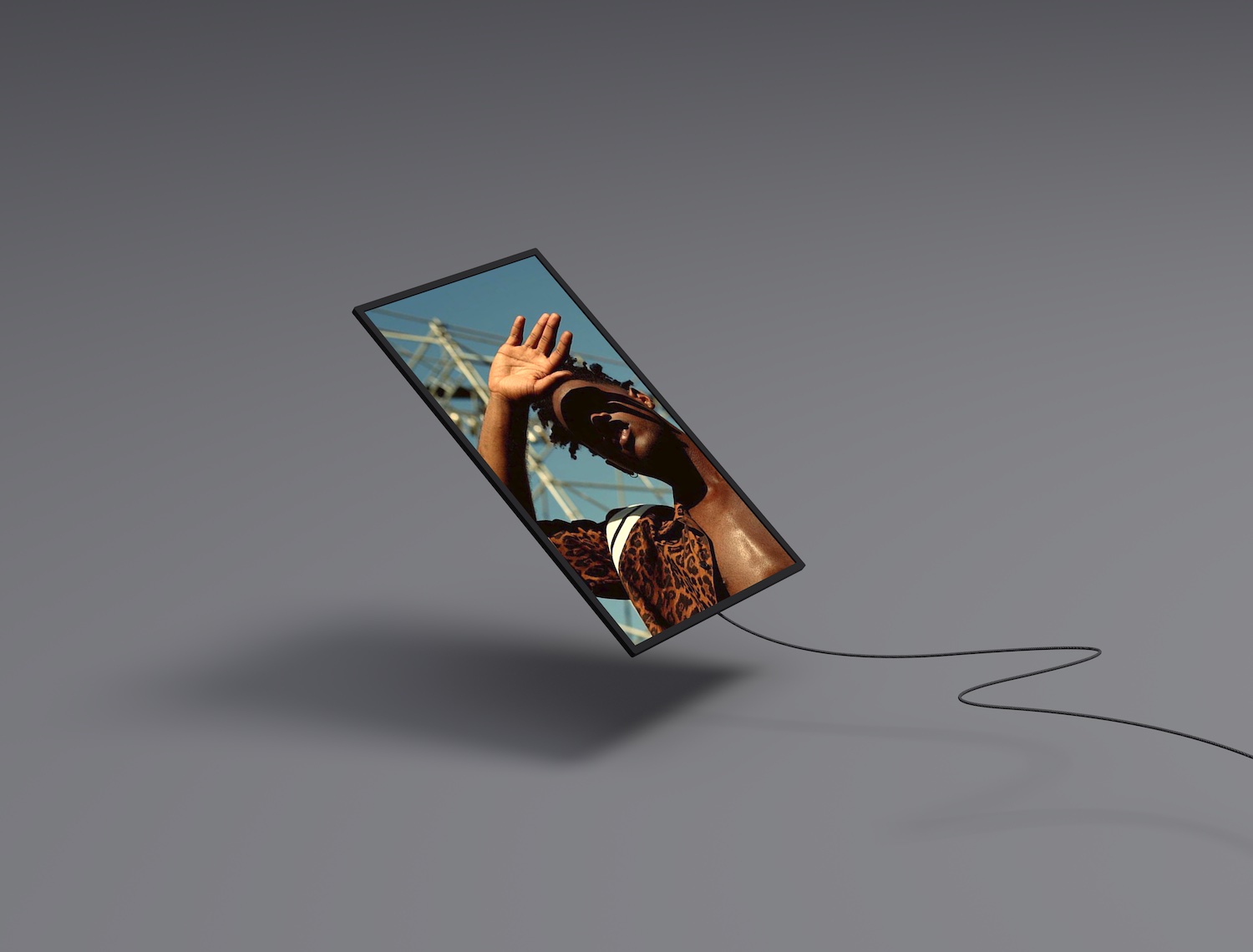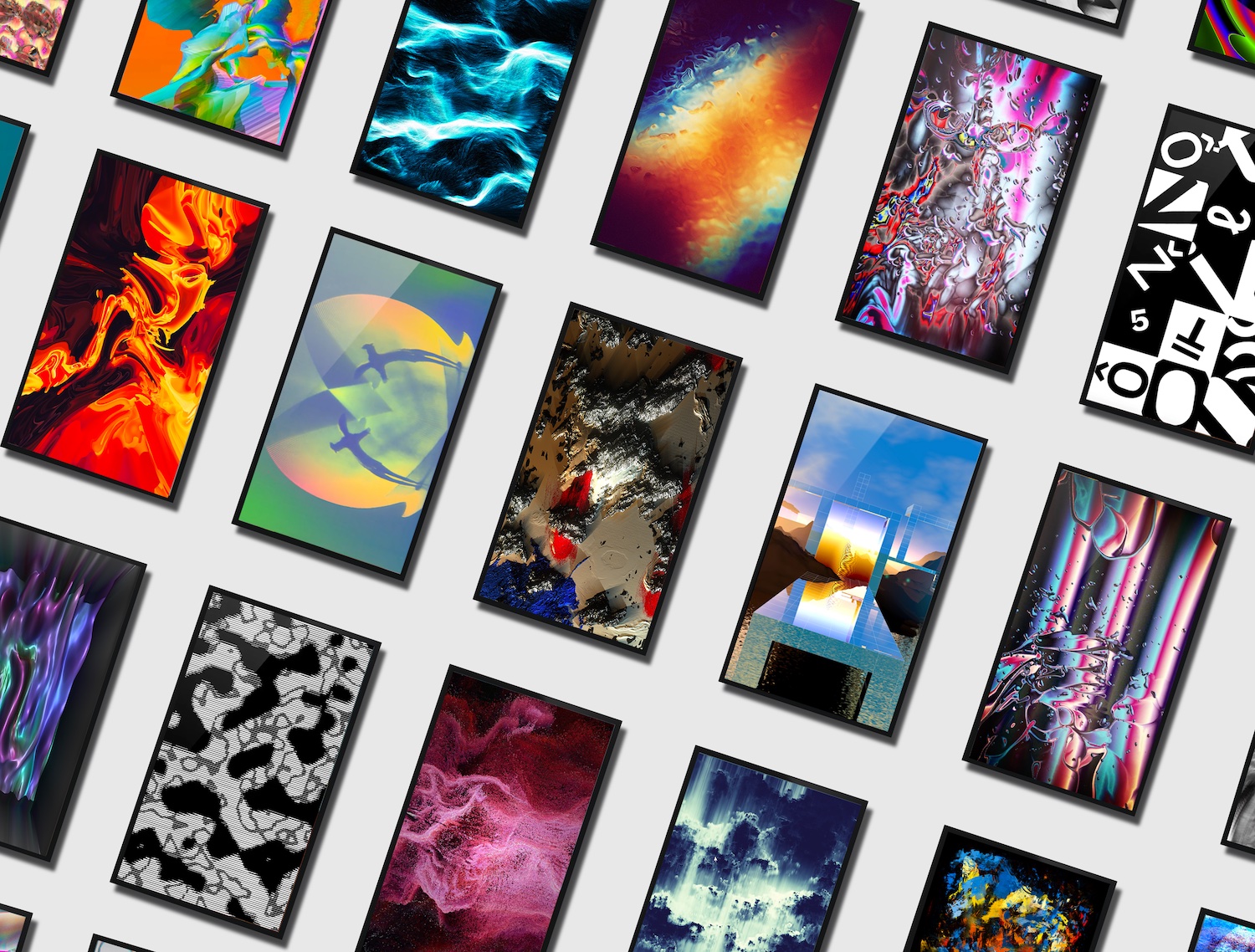As NFTs begin to make waves in the fine art world, galleries, curators, and artists are finding new ways to exhibit digital art
Each week, millions of dollars are exchanged for non-fungible tokens (NFTs). According to the Hiscox Online Art Trade Report 2021, in the first three quarters of 2021, NFT sales hit around $3.5bn. Sales are booming, and conversations about NFTs are beginning to enter into the mainstream. Still, those who are new to the space may struggle to grasp the real-world applications of these digital artworks, beyond its monetary value. One of the most common questions is: how do you exhibit NFTs?
Many collectors use NFTs as avatars on social media profiles – a sign of being part of a community, or for some, a status symbol. Beyond that, you can display NFTs on interfaces provided by marketplaces such as OpenSea or Foundation. NFTs can also be exhibited physically too; many artists display their pieces on digital screens. And in the virtual realm, through platforms that provide immersive experiences, the possibilities are endless.
In this article, we explore a number of ways in which NFTs can be displayed – physically and digitally.
Online NFT galleries
The simplest way to exhibit NFTs online is through existing marketplaces, such as Opensea, SupeRare, or Foundation. But recently, new platforms that prioritise social interactions, such as Lazy and Showtime, have emerged. These allow collectors to display and share their digital artwork – like Instagram for NFTs. After connecting your crypto wallet to the site, the platform instantly generates a profile. You can then categorise and caption your own NFTs, or like and comment on others.
The simplicity here is great
— j4ck.eth • ◐ SZNS.io (@Jack_Dille) March 24, 2021
✅ No frills, content forward
✅ Easy pin
✅ Easy wallet connect
✅ Great UX
---
Check out my NFT collection at https://t.co/5x3GxGoAUR
The lazy way to show off your NFTs! @lazyNFT @mcuban#nftcollectors #nft #nftart #lazy #markcubanislazy pic.twitter.com/dQyY3lvMPz
Virtual art spaces
When the Covid-19 pandemic forced museums and galleries to close, many exhibitions migrated online. However, most of these exhibitions sought to imitate the white walls of the gallery space. In conjunction with glitches and poor functionality, many failed to replicate the immersive experience of IRL shows.
In contrast to these rather bland viewing experiences, several organisations are proving that complex curations can be achieved in the digital world. New Art City is a virtual gallery that builds digital installations. It is an artist-run organisation with a mission to prioritise those who are disadvantaged by structural injustice. The collective have worked with organisations such as FORMAT festival, and artists such as Gregory Eddi Jones, producing captivating shows that surpass the boundary of what can be achieved in the physical world.
But, for artists or individual collectors, Cyber may be a more accessible choice. Cyber provides an easy way to curate immersive NFT exhibitions for free. Users can simply connect their crypto wallet, and begin hanging their assets in 3D. Photographer Justin Aversano recently curated an exhibition of his sell-out series Twin Flames, and notable collectors in the space such as VincentVanDough use the platform to display their collections.
Platforms like these prove how technology can be harnessed to explore a new sense of space, creating unique and accessible experiences of viewing art.
It's with immense pleasure that we present to you @justinaversano's Twin Flames exhibition 💎https://t.co/fmpgYAYOFN
— Cyber (@oncyber_io) September 9, 2021
Such an incredible collection by a true legend 🙌
Enjoy 😎 pic.twitter.com/sGELNqZLns
Hang them IRL
The world’s first NFT museum exhibition took place this March at the UCCA Center for Contemporary Art in Beijing. But artists and galleries have been exhibiting digital art in the physical realm for far longer, and the avenues to do so are increasing rapidly.
High definition screens such as the Mono X7 are specifically designed to exhibit digital artwork. It can display any image or video that can play in a web browser, making it adaptable for any format of NFT. These are often used in installations and galleries, but can easily be installed in the home. For more affordable options, Infinite Objects produces a range of digital frames, and WiFi company NetGear’s Meural frames are also popular for home-use.


